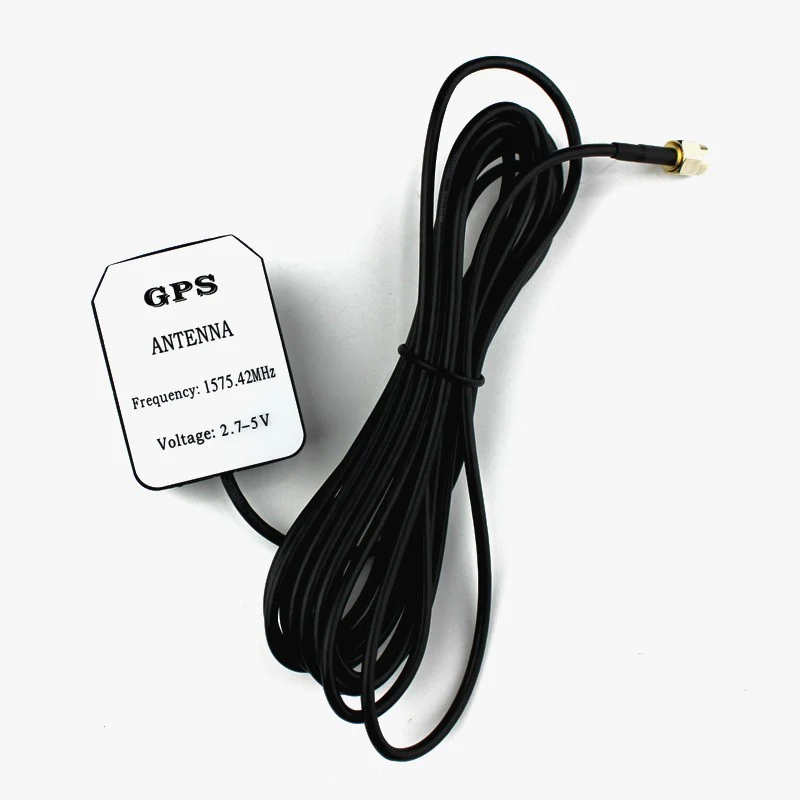A Guide to Installing a GPS Antenna: Ensuring Optimal Performance
 SRFS Teleinfra
SRFS Teleinfra
GPS (Global Positioning System) antennas are integral components in navigation systems, enabling devices to receive signals from satellites to determine accurate position, velocity, and time information. Whether for vehicle navigation, marine applications, or surveying, installing a GPS antenna correctly is crucial for optimal performance. This guide outlines the steps involved in installing a GPS antenna to ensure reliable and accurate positioning data.
1. Choosing the Right Location
Before installation, it's essential to select an appropriate location for mounting the GPS antenna. Ideally, the antenna should have a clear view of the sky to receive signals from satellites without obstruction. Avoid mounting the antenna near metal objects or other sources of interference that could degrade signal reception.
2. Mounting the Antenna
Once you've chosen the location, mount the GPS antenna securely using appropriate hardware. For vehicle installations, roof mounting is often preferred to provide an unobstructed view of the sky. Ensure that the antenna is firmly attached to the mounting surface to prevent movement or vibration that could affect signal reception.
3. Orienting the Antenna
Proper orientation of the GPS antenna is crucial for optimal signal reception. In general, the antenna should be mounted with the antenna element facing upwards and perpendicular to the ground. Avoid tilting or angling the antenna, as this can affect its ability to receive signals from satellites at different angles.
4. Connecting the Antenna
After mounting the antenna, connect the antenna cable to the GPS receiver or navigation device. Use high-quality coaxial cable and connectors to minimize signal loss. Ensure that the cable is routed neatly to prevent kinks or bends that could damage the cable or impede signal transmission.
5. Grounding (if necessary)
In certain installations, grounding the GPS antenna may be necessary to protect against electrical interference or static buildup. Follow manufacturer guidelines or consult with a professional installer to determine if grounding is required for your specific application.
6. Testing and Calibration
Once the GPS antenna is installed, it's essential to test the system to ensure proper operation. Power on the GPS receiver or navigation device and verify that it can acquire satellite signals and provide accurate positioning data. If necessary, perform calibration procedures recommended by the manufacturer to optimize performance.
7. Regular Maintenance
To maintain optimal performance, periodically inspect the GPS antenna and cable for any signs of damage or wear. Ensure that the antenna remains securely mounted and that the cable connections are tight. Clean the antenna surface and surrounding area as needed to remove dirt, debris, or other obstructions that could affect signal reception.
Conclusion
Installing a GPS antenna correctly is essential for ensuring reliable and accurate positioning data in navigation systems. By following these steps and guidelines, you can optimize the performance of your GPS antenna and enjoy seamless navigation experiences in various applications. Remember to choose an appropriate location, mount the antenna securely, orient it properly, connect it correctly, and perform regular maintenance to keep your GPS operating at its best.
Subscribe to my newsletter
Read articles from SRFS Teleinfra directly inside your inbox. Subscribe to the newsletter, and don't miss out.
Written by

SRFS Teleinfra
SRFS Teleinfra
SRFS Teleinfra specializes in designing and manufacturing passive devices. SRFS team has years of experience assisting customers world wide with their RF and microwave component requirements. R&D is our highest priority, resulting in superior products at fair prices.